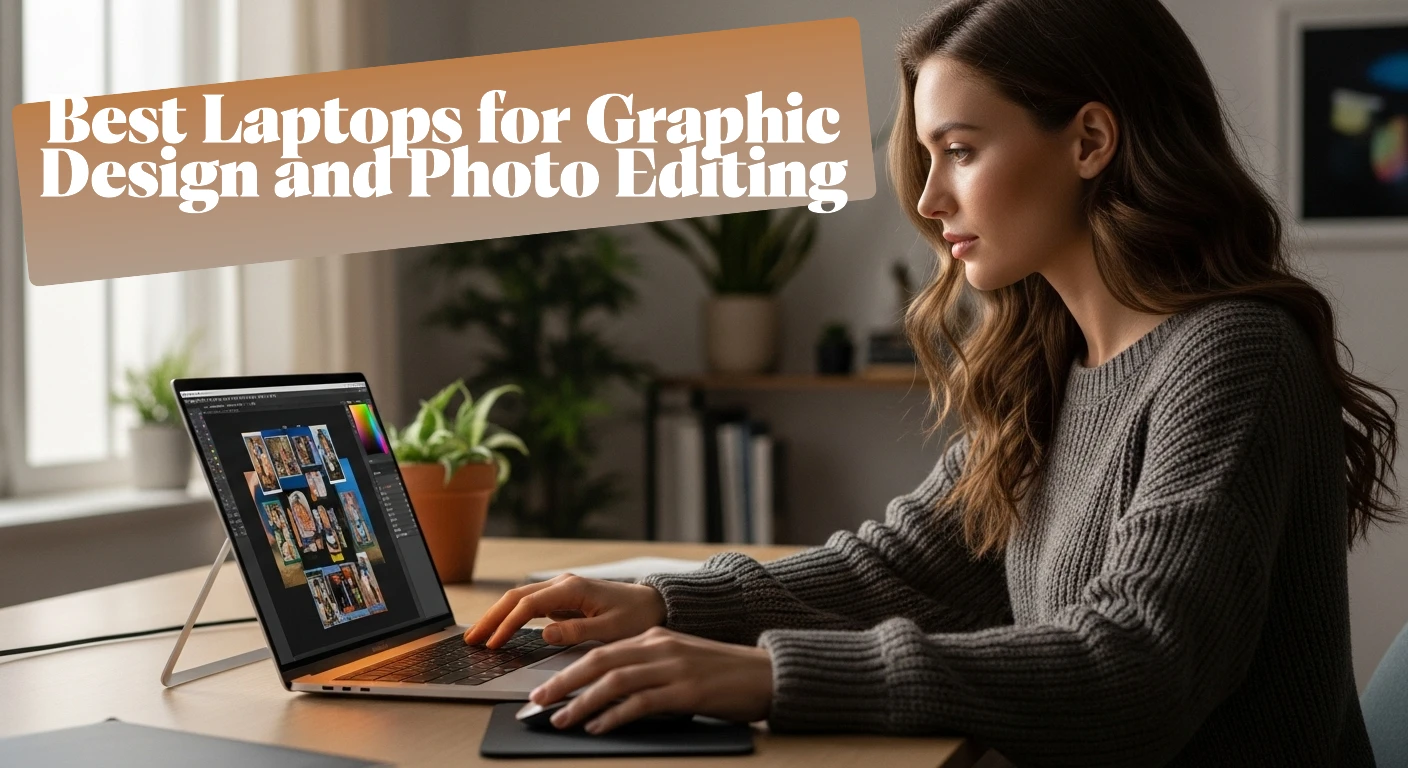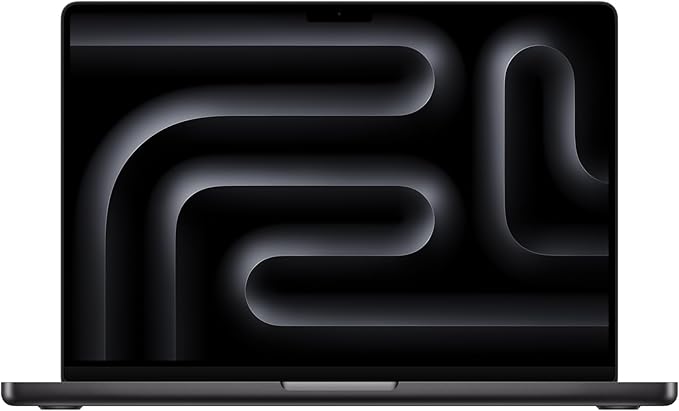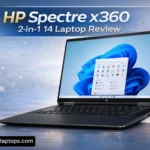If you’re a creative professional, you already know the struggle: not every laptop can handle the heavy lifting of graphic design or photo editing. You need speed, storage, and—most importantly—a display that shows colors as they really are.
After hours of testing, comparing, and talking with designers and photographers, I’ve put together this honest and up-to-date list of the best laptops for graphic design and photo editing in 2025. Whether you’re a freelancer, a student, or a seasoned pro, you’ll find something here that fits your needs.
Also Read: Best Multimedia Laptops Under $1000
What Really Matters in a Creative Laptop
Before diving into models, let’s quickly break down what makes or breaks a laptop for design and editing work:
- Color-accurate display — Look for OLED, mini-LED, or top-tier IPS with wide gamut (AdobeRGB / DCI-P3).
- RAM — 32GB is the sweet spot; 16GB only works for light projects.
- Fast storage — NVMe SSD (1TB or more). Bigger catalogs need bigger drives.
- CPU power — Multi-core processors (Apple M-series, Intel Ultra, or AMD Ryzen AI) handle batch edits best.
- GPU acceleration — Helps in Photoshop filters, Lightroom exports, and any 3D work.
- Ports & card reader — Saves time when transferring from cameras.
Keep these in mind as you read through the top picks.
Top Laptops for Graphic Design and Photo Editing in 2025
1) Apple MacBook Pro 16″ (M4 Pro / M4 Max) – The Gold Standard
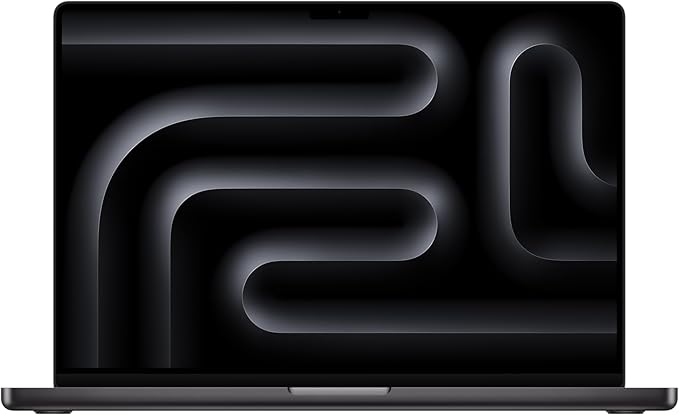
When it comes to creative work, the MacBook Pro is still the king of the hill. With the new M4 Pro and M4 Max chips, it’s faster, cooler, and more efficient than ever.
Key Specs:
- Display: 16-inch Liquid Retina XDR (mini-LED, wide color P3, HDR-ready)
- Processor: Apple M4 Pro / M4 Max
- RAM: 32GB – 96GB
- Storage: 1TB – 8TB SSD
- Battery life: Up to 20 hours
- Ports: Thunderbolt 4, HDMI, SDXC card slot
Pros:
- Stunning, color-accurate display with incredible brightness
- Battery life that actually lasts through long editing sessions
- Seamless integration with Adobe Creative Cloud and Affinity apps
- Silent, cool performance
Cons:
- Expensive, especially at higher storage/RAM tiers
- No upgrade options after purchase
👉 Best for: Professionals who demand reliability, mobility, and top-notch color accuracy.
2) ASUS ProArt P16 – Made for Creatives on Windows
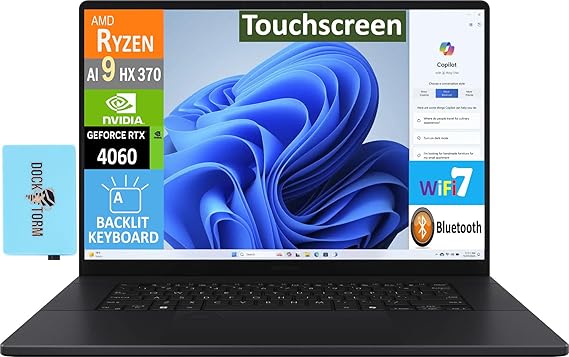
ASUS designed this line specifically for designers, photographers, and video editors. It’s powerful, flexible, and built with color accuracy in mind.
Key Specs:
- Display: 16-inch OLED, Pantone Validated, 100% DCI-P3
- Processor: Intel Core Ultra / AMD Ryzen AI 9
- RAM: Up to 64GB
- GPU: NVIDIA RTX 4070 / 4080
- Storage: 1TB – 4TB SSD
- Ports: HDMI, USB-C/Thunderbolt, SD card reader
Pros:
- Exceptional OLED screen with true-to-life colors
- Strong CPU + GPU combo for multitasking and rendering
- Plenty of RAM and storage options
- Good selection of ports
Cons:
- Bulkier than ultraportable laptops
- Battery life can’t match Apple’s
👉 Best for: Windows users who want pro-grade displays and hardware flexibility.
3) Dell XPS 15 / XPS 16 – Sleek Powerhouse
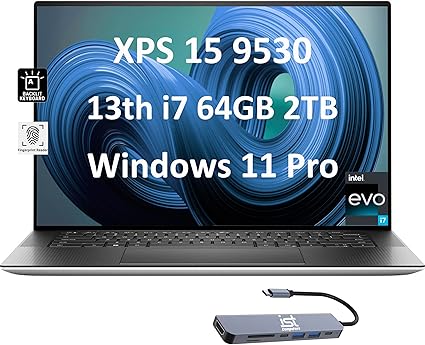
The Dell XPS series strikes a great balance: thin, stylish, and powerful enough for serious design work. The OLED option is especially appealing for editors.
Key Specs:
- Display: 15.6″ / 16″ 3.5K OLED or 4K
- Processor: Intel Core i7 / i9 (latest H-series)
- RAM: 32GB (expandable to 64GB)
- GPU: NVIDIA RTX 4050–4070
- Storage: 1TB SSD+
Pros:
- Gorgeous OLED screen for vibrant colors
- Premium design with slim bezels
- Solid performance for Adobe apps
Cons:
- Battery drains faster with OLED display
- Price climbs quickly with upgrades
👉 Best for: Creatives who want a stylish, premium Windows laptop with a beautiful display.
4) Razer Blade 16 – Power Meets Style
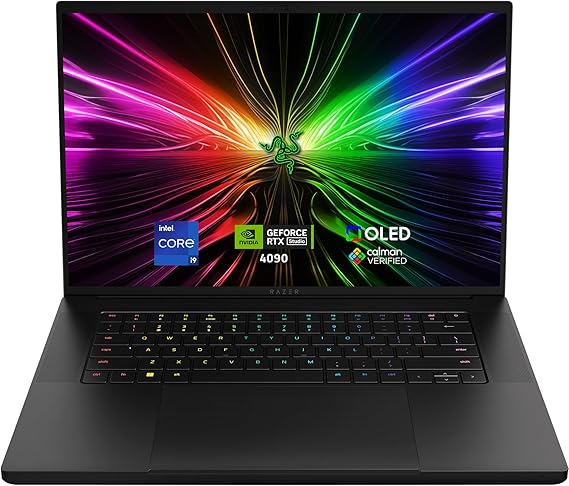
Razer isn’t just for gamers. The Blade 16 packs serious GPU muscle in a sleek, portable body—perfect if you handle GPU-heavy effects, 3D rendering, or simply want one machine for both design and play.
Key Specs:
- Display: 16-inch 4K OLED / Mini-LED options
- Processor: Intel Core i9 / Ultra series
- RAM: 32GB – 64GB
- GPU: NVIDIA RTX 5080 / 5090
- Storage: 1TB – 2TB SSD
Pros:
- Incredible GPU performance
- Premium build and minimalist look
- Ideal for 3D-heavy workflows
Cons:
- Pricey
- Shorter battery life under heavy use
👉 Best for: Designers who also dabble in 3D rendering or gaming.
5) HP ZBook Studio – Workstation Reliability
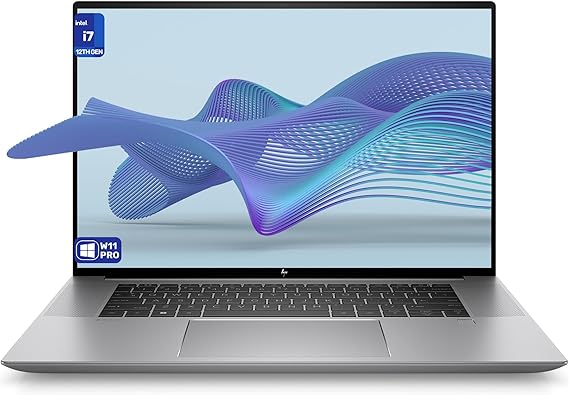
If stability and certification matter more than sleek looks, the HP ZBook Studio delivers. With ISV-certified drivers and workstation-class reliability, it’s built for agencies and studios.
Key Specs:
- Display: DreamColor panel options
- Processor: Intel Xeon / H-series
- RAM: 32GB – 128GB
- GPU: NVIDIA RTX Studio / A-series
- Storage: Multiple SSD configurations
Pros:
- ISV certifications for pro software
- Excellent reliability and build quality
- Huge RAM options for demanding projects
Cons:
- Heavier and less stylish than consumer laptops
- More expensive than consumer-grade models
👉 Best for: Agencies and professionals who prioritize certified workflows and long-term reliability.
Quick Comparison Table
| Laptop | Display | RAM | GPU | Best For |
|---|---|---|---|---|
| MacBook Pro 16 (M4 Pro/Max) | Liquid Retina XDR, P3 | 32–96GB | Apple GPU | Pros needing top battery + color accuracy |
| ASUS ProArt P16 | OLED, Pantone Validated | Up to 64GB | RTX 4070/4080 | Windows-first creatives |
| Dell XPS 15/16 | 3.5K OLED / 4K | 32–64GB | RTX 4050–4070 | Sleek, premium design laptops |
| Razer Blade 16 | 4K OLED/Mini-LED | 32–64GB | RTX 5080/5090 | GPU-heavy workflows, gaming |
| HP ZBook Studio | DreamColor options | 32–128GB | RTX Studio/A-series | Enterprise-level studios |
Final Thoughts
Choosing the best laptop for graphic design and photo editing depends on your workflow. If you’re a Mac fan and want all-day battery life, go with the MacBook Pro 16. Windows user? The ASUS ProArt P16 or Dell XPS 16 will serve you well. Need raw GPU firepower? The Razer Blade 16 is unbeatable. And for rock-solid studio reliability, the HP ZBook Studio is the one to trust.
FAQs
For smooth design work, you’ll want a color-accurate display (ideally OLED or a high-quality IPS), at least 32GB of RAM, a fast SSD for storage, and a capable processor that can handle multitasking. A dedicated GPU is a nice bonus if you work with 3D or heavy Photoshop filters.
It really depends on your workflow. The MacBook Pro 16″ (M4 Pro/Max) is a favorite for its incredible battery life and display. On Windows, the ASUS ProArt P16 and Dell XPS 16 are excellent choices for their balance of power and screen quality. For heavy GPU needs, the Razer Blade 16 stands out.
A lot of designers gravitate toward the MacBook Pro because of its reliable performance, stunning screen, and strong creative software ecosystem. That said, many Windows-based designers prefer machines like the Dell XPS or ASUS ProArt because they offer more hardware options and flexibility.
